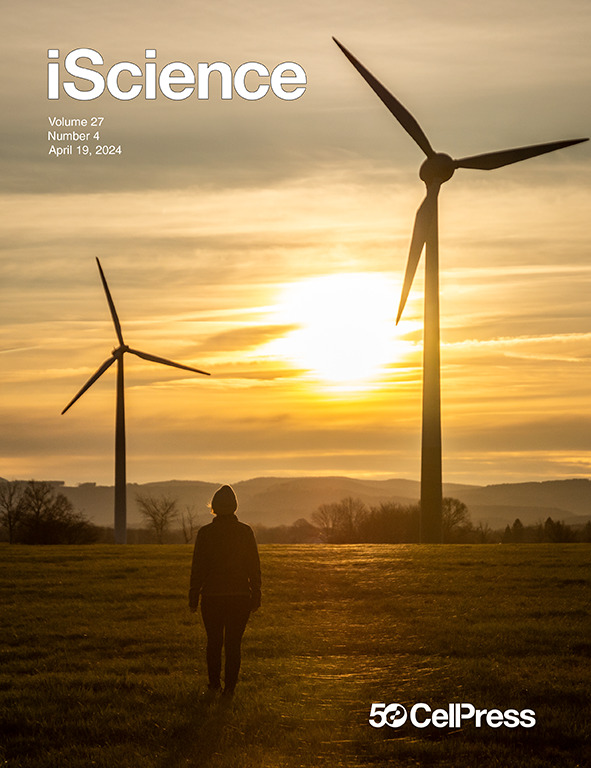快乐的新耳朵在垂直声音定位中快速适应新的频谱线索
IF 4.6
2区 综合性期刊
Q1 MULTIDISCIPLINARY SCIENCES
引用次数: 0
摘要
人类可以适应头部声学特性的变化,并利用由此产生的新的频谱线索进行声源定位。然而,不同研究中的适应率各不相同,而且与其他感官领域中常见的适应后的后遗效应无关。为了研究适应速度并测量潜在的后遗效应,我们的参与者佩戴了新耳机以改变声音定位的频谱线索,并接受了诱导快速适应的感觉运动训练。在 20 分钟内,我们的传感运动训练诱导了对新耳的完全适应,表现为各种性能指标的变化,包括定位增益、偏差和精确度。一旦移除新耳朵,参与者就会出现系统性的后效应,表现为定位精度的下降,这种下降只持续了几次试验。这些结果突显了人类空间听觉的短期可塑性,它能够快速适应频谱扰动,并诱发大量但短暂的后效。本文章由计算机程序翻译,如有差异,请以英文原文为准。

Happy new ears: Rapid adaptation to novel spectral cues in vertical sound localization
Humans can adapt to changes in the acoustic properties of the head and exploit the resulting novel spectral cues for sound source localization. However, the adaptation rate varies across studies and is not associated with the aftereffects commonly found after adaptation in other sensory domains. To investigate the adaptation’ rate and measure potential aftereffects, our participants wore new-ears to alter the spectral cues for sound localization and underwent sensorimotor training to induce rapid adaptation. Within 20 min, our sensorimotor-training induced full adaptation to the new-ears, as demonstrated by changes in various performance indexes, including the localization gain, bias, and precision. Once the new ears were removed, participants displayed systematic aftereffects, evident as drop in the precision of localization lasting only a few trials. These results highlight the short-term plasticity of human spatial hearing, which is capable to quickly adapt to spectral perturbations and inducing large, yet short lived, aftereffects.
求助全文
通过发布文献求助,成功后即可免费获取论文全文。
去求助
来源期刊

iScience
Multidisciplinary-Multidisciplinary
CiteScore
7.20
自引率
1.70%
发文量
1972
审稿时长
6 weeks
期刊介绍:
Science has many big remaining questions. To address them, we will need to work collaboratively and across disciplines. The goal of iScience is to help fuel that type of interdisciplinary thinking. iScience is a new open-access journal from Cell Press that provides a platform for original research in the life, physical, and earth sciences. The primary criterion for publication in iScience is a significant contribution to a relevant field combined with robust results and underlying methodology. The advances appearing in iScience include both fundamental and applied investigations across this interdisciplinary range of topic areas. To support transparency in scientific investigation, we are happy to consider replication studies and papers that describe negative results.
We know you want your work to be published quickly and to be widely visible within your community and beyond. With the strong international reputation of Cell Press behind it, publication in iScience will help your work garner the attention and recognition it merits. Like all Cell Press journals, iScience prioritizes rapid publication. Our editorial team pays special attention to high-quality author service and to efficient, clear-cut decisions based on the information available within the manuscript. iScience taps into the expertise across Cell Press journals and selected partners to inform our editorial decisions and help publish your science in a timely and seamless way.
 求助内容:
求助内容: 应助结果提醒方式:
应助结果提醒方式:


